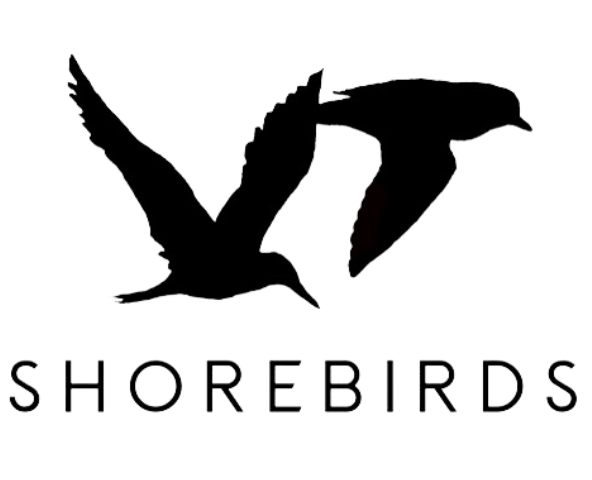Atlantic flyway disturbance study
Understanding disturbance at a flyway scale.
A flock of shorebirds is flushed from a roost by an airboat in coastal Florida. Photo: P. Leary
Worldwide, shorebird populations are declining, with rapid declines reported for temperate breeding and coastal species . Habitats for shorebirds are being lost or degraded due to coastal alterations, including beach nourishment, inlet stabilization, sand mining, construction of dunes, groins, seawalls and revetments, and wrack removal, as well as potentially threatened by climate change through sea-level rise and changes in storminess. In addition, threats to shorebird habitats are further exacerbated by increased human use (e.g., beach recreationists, off-leash dogs, off-road vehicles) that can reduce the amount of coastal habitat that is functionally available to shorebirds.
Effectively managing the influence of human disturbance and other environmental variability on population demographic processes is a primary goal for natural resource managers. As a result, human disturbance has been recognized by the Atlantic Flyway Shorebird Initiative (AFSI; Threat 4.3; Strategy 2.3), shorebird researchers, and managers of important shorebird habitats as one of the most significant threats facing shorebirds during breeding, migration, and winter. Furthermore, it is a threat that is likely to increase over time as more people inhabit the coastal zone and habitat declines as a result of development and sea level rise. Balancing public access and the needs of shorebirds will be imperative moving forward, as management of human use has the potential to greatly affect shorebird use, distribution, and demography.
To assess the effects of human disturbance on five focal species (American Oystercatchers [Haematopus palliates], Piping Plovers [Charadrius melodus], Red Knots [Calidris canutus], Semipalmated Sandpipers [Calidris pusilla], and Wilson’s Plovers [Charadrius wilsonia]) throughout the annual cycle, we developed a standardized protocol to collect data on potential disturbance types, shorebird distribution and abundance, shorebird behavior, breeding productivity, and management activities. With Audubon partners, we collected data at sites along the Atlantic Flyway that support breeding and non-breeding focal species, have different types and levels of human disturbance, and employ various human disturbance management techniques.

